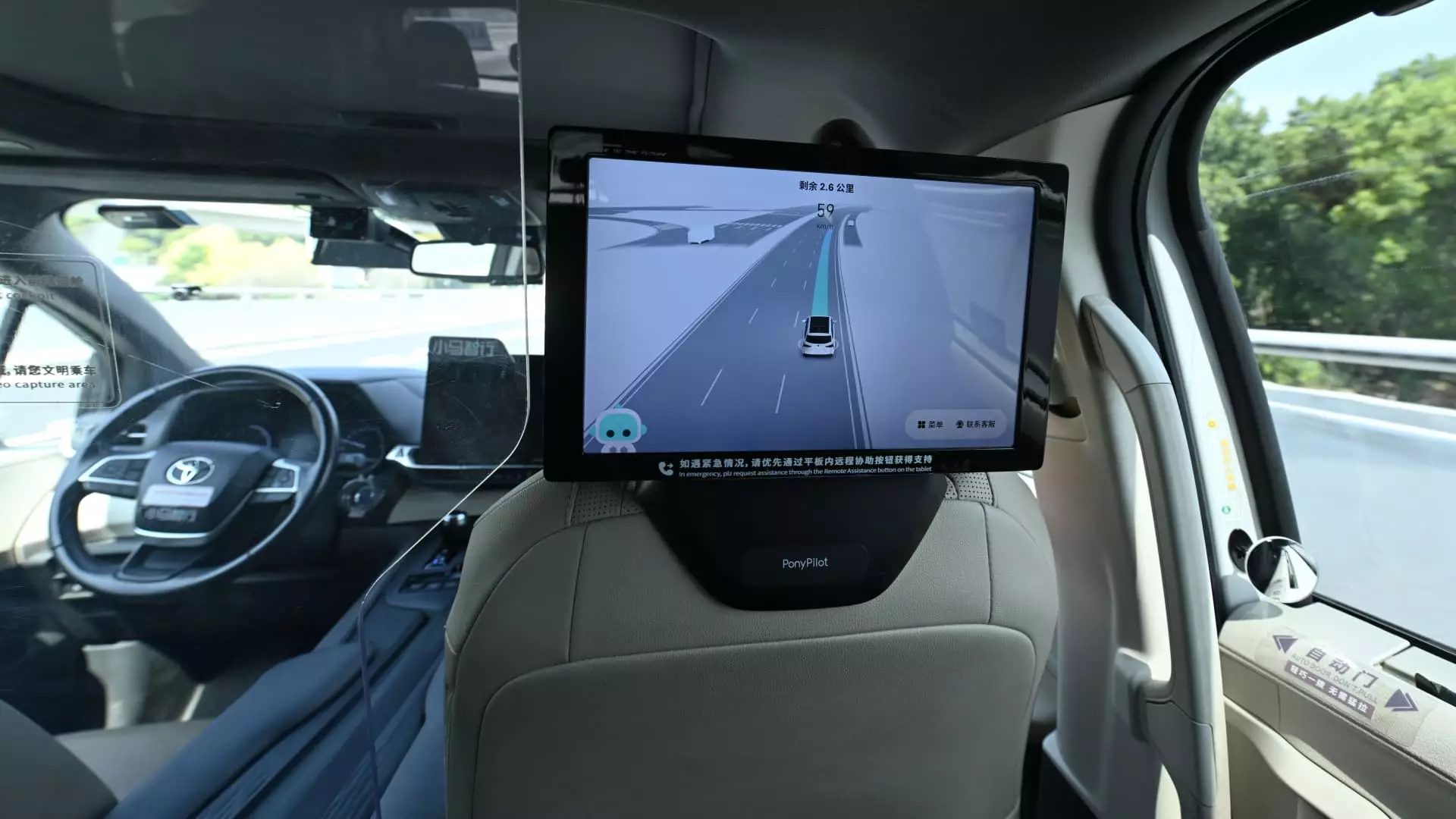As autonomous vehicle technology progresses from experimental trials to real-world deployment, it becomes increasingly evident that robotaxis are no longer a distant future but an imminent reality. This technological surge is primarily driven by aggressive competition among global tech and automotive giants, especially in the United States and China, where market leaders are vying to dominate the nascent autonomous mobility space. While the promise of safer, more efficient transportation is often praised, beneath this shiny exterior lies a complex web of economic, strategic, and geopolitical struggles that threaten to transform the industry into a battlefield of power, investment, and national pride.
What stands out is the uneven playing field that has already begun to form. American companies like Waymo are pulling ahead, deploying thousands of vehicles and conducting hundreds of thousands of paid trips weekly. In contrast, Chinese players like Pony AI, Baidu, and WeRide are not merely testing but actively expanding into foreign markets, staking claims across continents before many Western competitors even find their footing. This asymmetry hints at a larger narrative: China’s strategic government support and aggressive scaling are designed not just to fulfill consumer needs but to establish national dominance in a critical future industry with profound economic and geopolitical implications.
The Economic Cliff: Can Cost Reductions and Scale Save the Day?
Central to the current dynamics is the persistent race to reduce costs and improve safety. Chinese firms like Pony AI have demonstrated remarkable progress by slashing vehicle manufacturing costs by as much as 70%. This significant cost decline, coupled with innovations in autonomous driving technology, means that Chinese operators are closer than ever to reaching profitable operations. According to Barclay’s estimates, Chinese companies are on the brink of breakeven, with costs per vehicle dropping to levels where mass scaling becomes economically viable by 2025.
Meanwhile, Western automakers and tech companies are still playing catch-up, with estimated vehicle costs hovering around $200,000—far above China’s aggressive pricing. This disparity underscores a fundamental question: will Western firms be able to match China’s cost-effective business models, or will they be forced into a perpetual cycle of expensive R&D without achieving the same financial sustainability? In reality, the ability to scale efficiently and rapidly will determine the competitive landscape, favoring China’s approach of lean, cost-driven innovation.
The Safety Conundrum and Regulatory Landscape: The True Hurdles?
Safety remains the most politically charged and technically challenging aspect of autonomous vehicles. Despite numerous successes, there are still significant questions regarding how quickly regulators will allow autonomous vehicles to operate at scale in major jurisdictions. Chinese authorities have been relatively swift, allowing robotaxis to charge fares in key areas like Shanghai and Beijing, signaling a willingness to embrace this technology for urban development and economic growth.
In the United States and Europe, however, regulatory inertia and cautious public sentiment serve as formidable barriers. The disconnect between technological capability and regulatory approval may well slow the global deployment of robotaxis, allowing Chinese firms to extend their lead internationally. Moreover, safety concerns—whether legitimated or politically motivated—could serve as a pretext for countries to delay or impose stringent restrictions that hinder growth but serve political narratives about protecting citizens.
The deeper strategic issue is whether the tech giants and startups can establish proven safety records quickly enough to influence future legislation. Early deployments and regional approvals in China could serve as a blueprint that might be exported, intentionally or unintentionally, to other regions. The potential for regulatory arbitrage—where firms capitalize on more permissive environments—could cement China’s global advantage, especially if Western regulators maintain a cautious stance.
Geopolitical Implications and the Future of Autonomy
The global expansion of robotaxi fleets is not simply about convenience and commerce; it’s a geopolitical chess game. China’s push into Europe, the Middle East, and Southeast Asia looks less like industrial expansion and more like strategic positioning. Their intent appears to be embedding their technological standards into international infrastructure, thereby asserting influence and creating dependencies. Meanwhile, Western companies such as Waymo are slowly entering foreign markets, constrained by regulatory and diplomatic hurdles.
The broader question looms: will autonomous vehicles become another avenue for technological sovereignty? If Chinese firms succeed in establishing a dominant global presence, especially with government backing, they could reshape norms around data sovereignty, cybersecurity, and standards for automotive safety. The U.S., with its traditional leadership in innovation, risks falling behind if it underestimates China’s strategic ambitions. Conversely, the West’s emphasis on safety, regulatory rigor, and privacy could delay the full realization of autonomous transportation, ceding long-term control to Chinese firms with less regard for these concerns.
As the competition intensifies, there’s an underlying realization: the industry is not just about steering cars independently. It’s about controlling the future of mobility, shaping urban landscapes, and influencing geopolitical power structures with each autonomous fleet deployed. The question remains whether Western liberal values—such as consumer privacy and safety—will serve as barriers to rapid deployment, or whether they will be leveraged to create a more resilient, innovative ecosystem that can rival China’s swift, state-backed advances.

